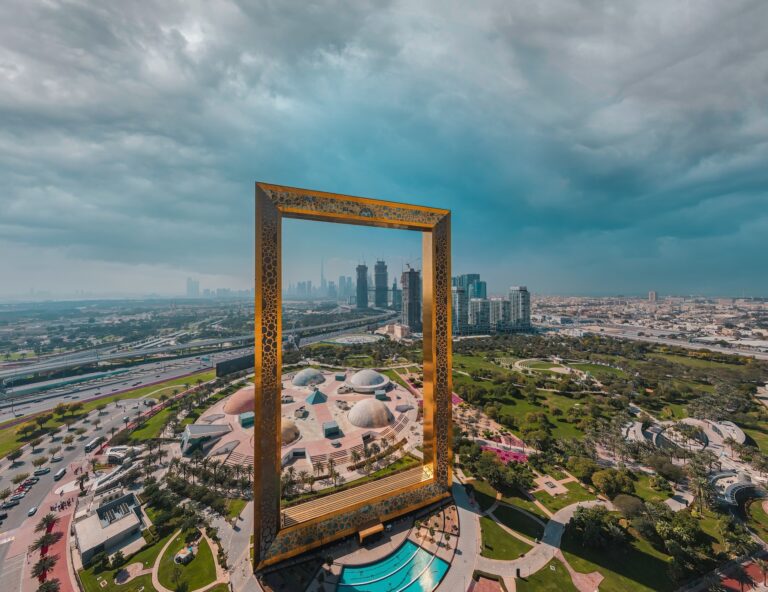Nowadays, talking about waste recycling, smart waste management and renewable energy to combat pollution turns out to be crucial. It is an extremely important topic that now brings the environmental policies of all countries in the World closer together.
Indeed, there are numerous agreements, international treaties, conferences and protocols signed by the international community to safeguard and protect the environment.
Table of Contents
The UAE initiatives
The United Arab Emirates was one of the first countries to promote initiatives in the field of renewable energy. And this is mainly due to the inspired vision of its leaders.
It all began in 2012 when Sheikh Mohammed bin Rashid Al Maktoum, vice president and prime minister of the UAE as well as ruler of Dubai, promulgated a long-term planning initiative to build an environmental and sustainable economy.
It was a nationwide design that revolved around the motto “a Green Economy for Sustainable Development” and produced two secondary strategic plans. The Dubai Plan 2021 and the Dubai Clean Energy 2050.
The Dubai Clean Energy 2050:
Like the Dubai Plan 2021, the Dubai Clean Energy Strategy 2050 has set itself a clear time limit from its name. The two strategies are actually intertwined and one cannot succeed without the success of the other.
1.Infrastructure
The first pillar is infrastructure. The main project underpinning this pillar is the full implementation of the Mohammed bin Rashid Al Maktoum Solar Park.
This is already up and running and capable of delivering 200 MW, but the ultimate goal is to reach a capacity of 5,000 MW by 2030 thus making it the world’s largest single solar power generator.
Other projects related to this pillar include the establishment of innovation, research and development centers and the creation of a free zone. Thus the Dubai Green Zone, dedicated to attracting research centers and emerging Green Energy companies/startups.
2. Legislation
The second pillar is legislation and is based on the two-phase creation of a legislative structure to support clean energy policies. The first phase comes through the Shams Dubai initiative that encourages property owners to install solar panels on the roofs of their buildings and connect them to the main urban distribution network operated by the Dubai Electricity and Water Authority (DEWA).
The second phase, on the other hand, will see coordination implemented with Dubai Municipality to enact a series of decisions aimed at rationalizing energy consumption and mandating renewable energy production. This pillar also has 2030 as the year of implementation.
3. Financing
The third pillar is financing understood as continued investment in research and development of clean energy solutions and their applications.
Underlying the pillar is the creation of the Dubai Green Fund. Which will be worth about 24 billion euros and will help finance and facilitate the provision of low-interest loans to investors acting in the clean energy sector. This will be managed, supervised and guaranteed by DEWA.
4. Capacity and skills development
The fourth pillar is capacity and skills development and aims to build and strengthen these through global training programs in the field of clean energy.
The implementation of this pillar will be made possible through cooperation with international organizations and institutes. Such as the International Renewable Energy Agency (IRENA), as well as international companies and other research and development centers.
The ultimate goal is to create a sustainable model for clean energy research and development based on the specialization of human resources.
5. Sustainable energy sources
Finally, the fifth and final pillar is the creation of a mix of environmentally sustainable energy sources. This pillar includes a twofold time frame for action.
By 2030, the mix should include solar energy (25 percent), nuclear energy (7 percent), clean coal (7 percent), and gas (61 percent).
But by 2050, clean energy should account for 75 percent of the mix. This will make Dubai as the city with the lowest greenhouse gas emission in the world.
In parallel, this pillar also includes the use of cutting-edge technologies for energy generation through waste disposal, with a goal by 2030 to turn 80 percent of waste itself into energy.
Read also: Cop28 in Dubai: the crucial themes of the international UN Climate Summit












